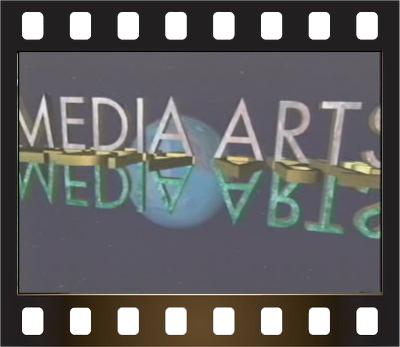In today's final
workshop we got the opportunity to watch each groups critical moment scene of
their Fairy tale. After watching each groups video we were assigned a groups
video were we where to assess the video through the use of a marking rubric.
Things we had to assess included; the relationship with the characters- were
conveyed in the video-the puppets were they 3D sculptured, improvisation, etc.
As a pre-service teacher it is important that you allow students to present
their work, allowing them to feel that sense of appreciation. In relation to my
teaching practises I will ensure students are exposed to a range of different
Drama, Media Arts and Creative Art elements where they are able to become more
aware of the elements used and how they shape their work. Allowing students to
critic or assess other peoples were allows them to respect and acknowledge
their work and performance and at the same time students feel that their work
is valued.
The link below is
the video that my group and I designed using our finger puppets.
http://www.youtube.com/watch?v=iCE19LNxM5Q&feature=youtu.be


_cover.jpg/300px-Where_The_Wild_Things_Are_(book)_cover.jpg)








